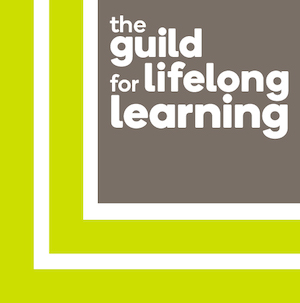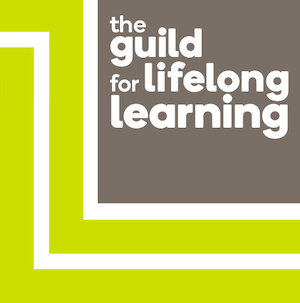All Categories > Archaeology, History & History of Art
Course synopsis
What is the purpose of Art? At its most basic is it simply wallpaper to decorate our houses? Or is it trophies acquired by the ultra-rich to display in their already lavish mansions? Or worse, to be hidden in the depths of dark underground secure rooms where only they can sit entranced by the enormity of their private possessions?
This course intends to demonstrate that Art is a much more multifaceted and nuanced medium in which Art delves into every corner of our existence and as much as any other human element has a dramatic impact on our everyday lives.
It will demonstrate that Art can be closely identified with the national culture and civic identity of great and small nations alike. Kings have appropriated Art as extensions and emphasis of their personal power whilst revolutionary groups have sought to overthrow tyrannies and substitute their own hierarchical ambitions.
Fringe groups and governments have utilised Art forms to shape societies as means of manipulation and sometimes as a form of essential information.
And those on the outside looking in or on the inside trying to break out have used Art as a means of protest campaigning against misgovernment, corruption and the decline of the quality of human existence brought about by modern technology and the unintended consequences of “progress”.
Just when you thought it was safe to go back into the water…………………….
7 September Session 1 Art as National and Civic Pride
From Greece and Rome onwards, power and prestige are frequently represented by sometimes ostentatious artistic prowess. The stamp of grandeur is emphasised by the style and the exuberance of statues, paintings and architecture. In the realm of biggest is best, countries strive to make their art reflect their importance and values.
No class 14 September
21 September Session 2 Art as an expression of Revolutionary Struggle
The patriots and the heroes of the great historical upheavals recognised the value of art as a legitimate weapon in their armoury. No revolution was without its emblems. Events of the English, French, American and South African revolutions were reinforced by images reflecting messages of pride, idealism and hope.
28 September Session 3 Art as Propaganda
The most overt use of Art as a tactical weapon has been the battle for hearts and minds. “Propaganda” once was a neutral term, has been shaped into an offensive weapon. Distortion, lies and the art of persuasion have been vastly aided by the addition of images that cajole, attack and demand loyalty, obedience and sacrifice.
5 October Session 4 Art as internal struggle and campaign
Sometimes the voices from within cannot be heard because they are supressed. China, Iran, Northern Ireland, Africa, Israel and the Middle East have embraced Art as an element of hope.
Book your place
| Time/Place | Price | Sessions | Quantity |
|---|

